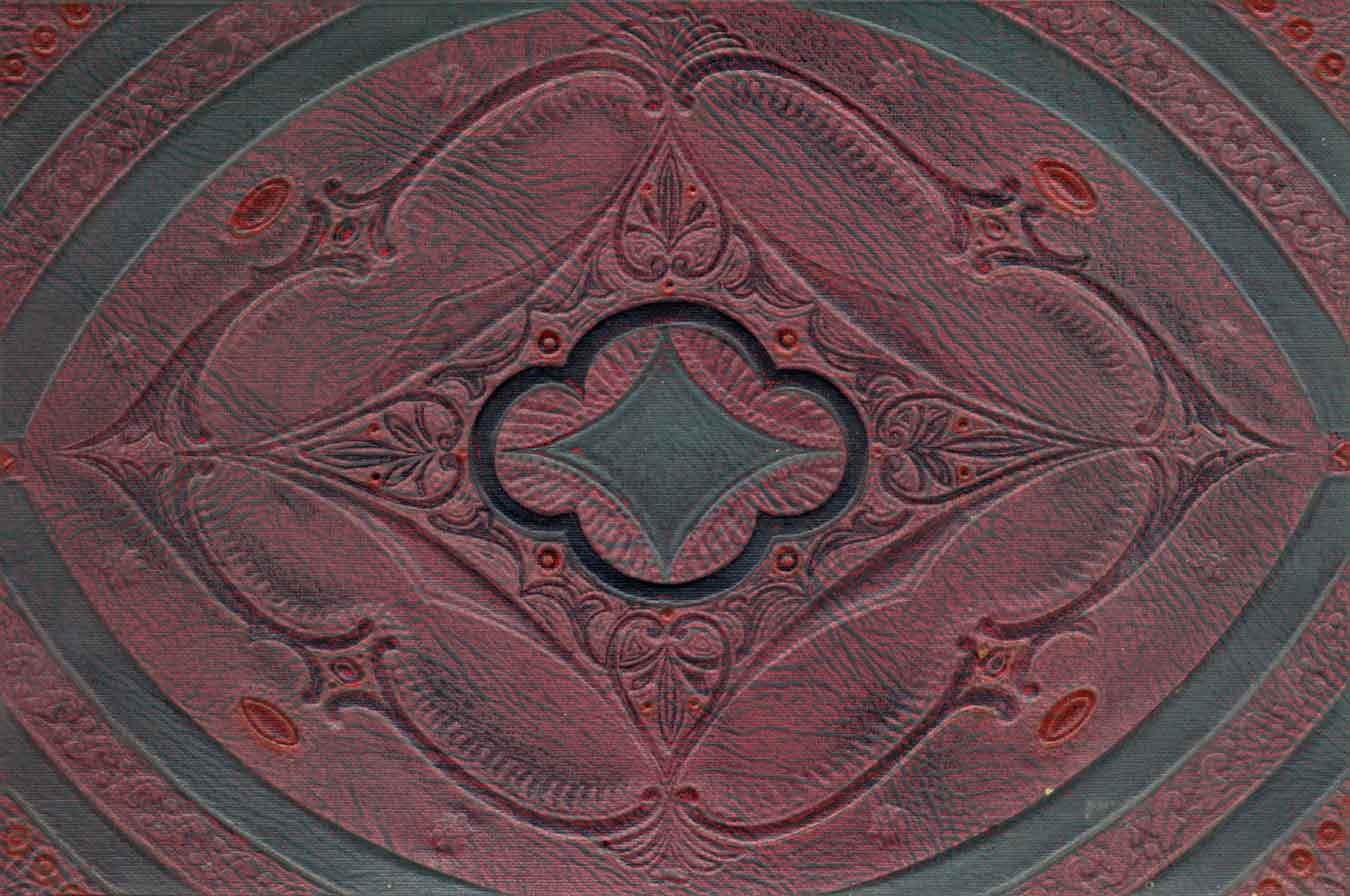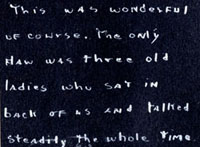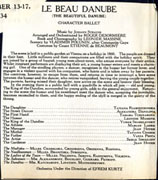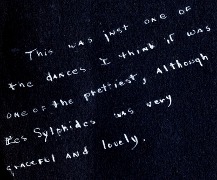Ballet Russes de Monte Carlo
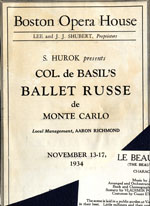
Front page of the Boston Opera House's program for the Ballet Russes de Monte Carlo.
Source: Jean Elizabeth Goodrich Scrapbook
Bettie saw one of the most famous ballet companies in the world during the height of its popularity. The Ballet Russe is often credited with being one of the harbingers of modern ballet. Many of the choreographers and innovators of ballet whom we know today had some kind of involvement in the Ballet Russe, such as George Balanchine, Agnes deMille, Maria Tallchief, Nijinsky, Anna Pavlova, and Serge Diaghilev.
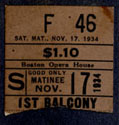
Ticket stub for the Ballet Russe de Monte Carlo at the Boston Opera House.
Source: Jean Elizabeth Goodrich Scrapbook
The Ballet Russe de Monte Carlo was founded in 1932, as a successor to the original Ballet Russe de Diaghilev. George Balanchine, who had been a choreographer in Diaghilev's company, signed on as ballet master, and Leonide Massine, who had become a ballet star in his own right, joined as a resident choreographer. Three young ballet stars, dubbed the "baby ballerinas" were added to the company, which helped its initial popularity. However, from its inception, the Ballet Russe de Monte Carlo was plagued with controversy and backstage drama. In the summer of 1933, Balanchine had gone out of town, and while he was away, director De Basil gave Massine the position of ballet master and pushed Balanchine out.
Massine was, at the time, considered the greatest choreographer in the world, and was known for his innovative and modern style. Bettie saw one of his most famous symphonic ballets, Le Beau Danube. The ballet was a story ballet set to the popular waltzes of Johann Strauss. Early reviews of the original cast praised the dancers for inhabiting their characters so convincingly, they moved the audience to tears. It was one of the first ballets to incorporate acting into the dancers' roles. Massine always played a part in his own ballets, and Le Beau Danube was no exception. The mazurka (a Polish folk dance) he danced with Riabouchinska, one of the baby ballerinas, became one of the most memorable dances in ballet history.
Le Beau Danube was one of the most popular in the Ballet Russe repertoire, and is now a staple in many ballet companies; repertoires, including the Joffrey Ballet. In later years, the Ballet Russe de Monte Carlo went through many more changes, and George Balanchine eventually returned as resident choreographer, along with Agnes DeMille. It was during those few post WWII years that Balanchine would choreograph ballets for the company which eventually became his signature pieces. He left the company for good in 1947 and created the New York City Ballet.
Massine filmed all of his ballets, and they are now archived at the New York Public Library, Performing Arts Division. The filmed footage of Le Beau Danube can also be seen in the documentary Ballets Russes.
